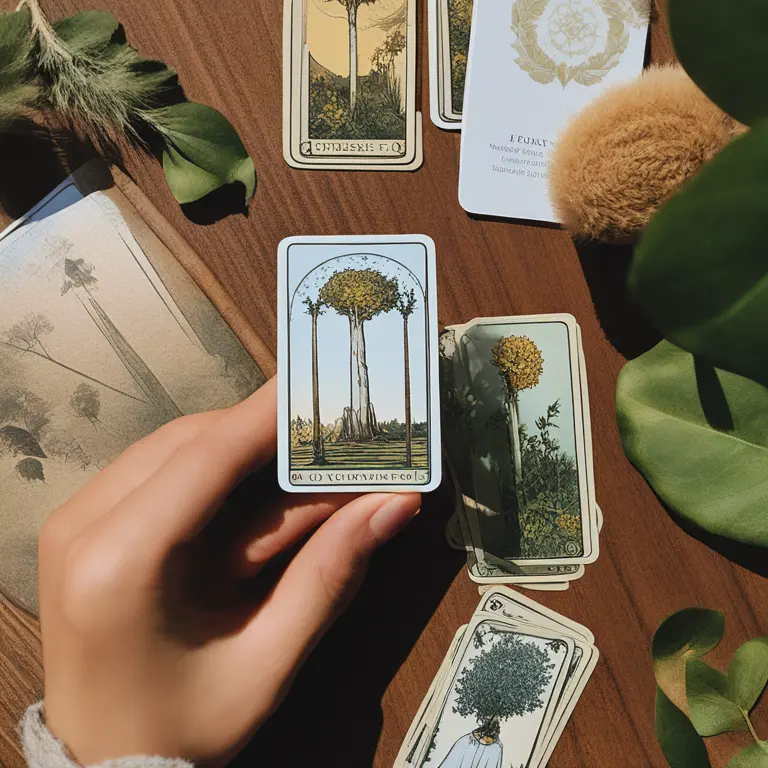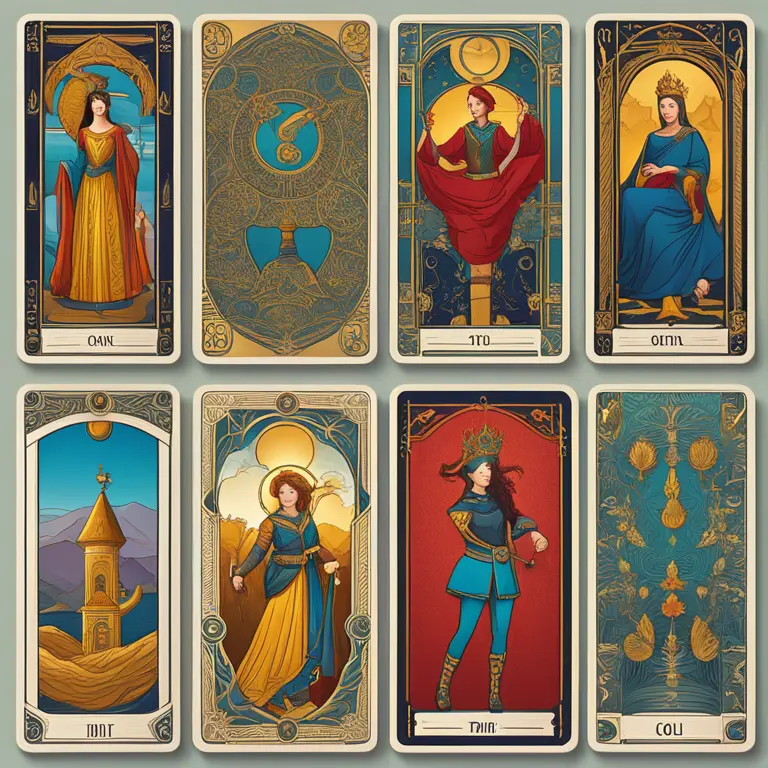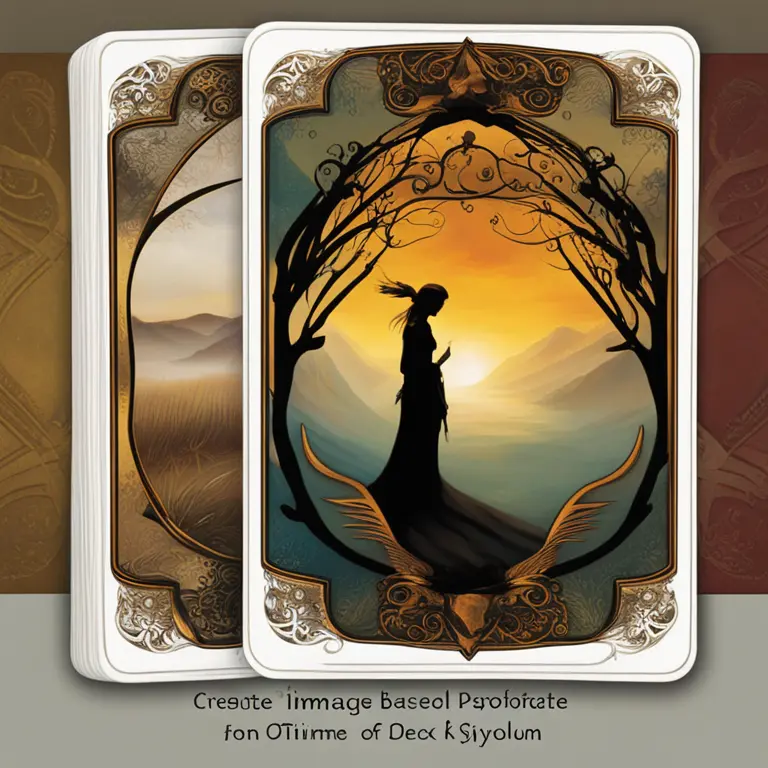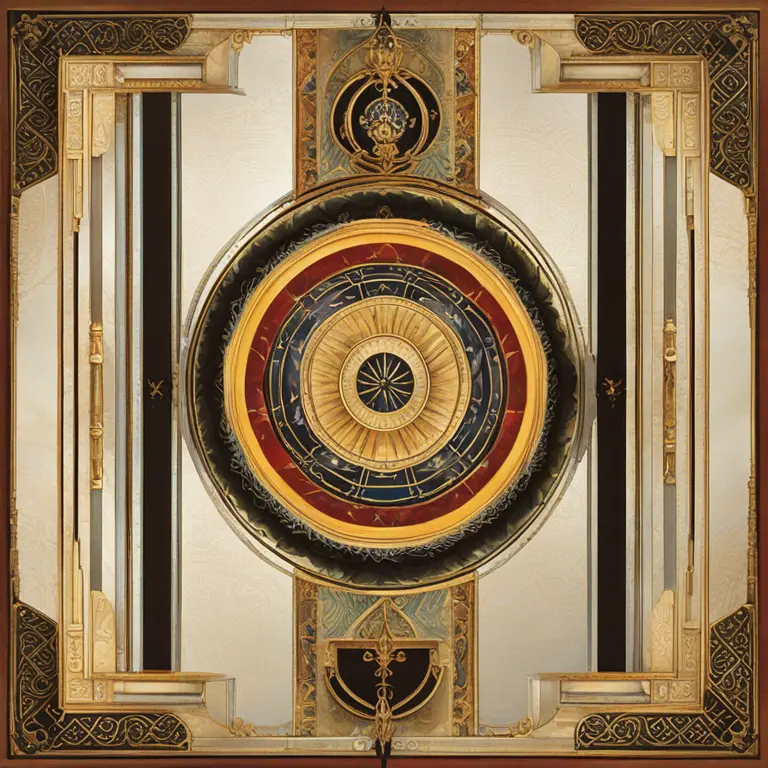
Introduction to Tarot Card Creation
Tarot cards are more than just tools for divination; they are exquisite pieces of art, rich in symbolism and meaning. The process of making tarot cards involves a combination of artistic endeavor, historical understanding, and modern technology. Each deck is created with a specific vision in mind, often reflecting the artist's insights and cultural influences. This intricate process ensures that every deck of tarot cards is a unique conduit to the spiritual world.

Artistic Design and Symbolism
The first step in crafting tarot cards is designing the artwork. Artists invest their talent and intuition to create imagery that resonates with the deck's intended theme. Symbols are meticulously chosen and placed, as each card must convey specific concepts and emotions. Whether drawing inspiration from traditional iconography or infusing their own experiences, designers aim to imbue every card with depth and nuance.

Selecting the Right Material
Choosing the material for tarot cards is crucial, as it affects their durability and feel. Card stock quality varies, with some decks using heavier, more premium paper to ensure longevity and a pleasing tactile experience. Modern tarot cards might incorporate eco-friendly materials or recycled paper, reflecting a growing consciousness towards sustainability within the community.

Printing Advancements in Tarot
With advancements in printing technology, the reproduction of intricate details and vibrant colors has improved significantly. Digital printing allows for high-resolution graphics and consistent quality across all cards. Some decks may feature special printing techniques like embossing or gold foil stamping, adding another layer of intricacy to their aesthetic appeal.

Finishing Touches and Quality Assurance
After printing, tarot cards undergo finishing processes like cutting, edging, and sometimes gilding. Cards need to be uniform in shape and size to maintain the element of chance in readings. Each batch is then inspected for consistency and defects, ensuring that customers receive a flawless set of cards. The final stage often involves packaging the cards into custom-designed boxes along with guidebooks, complementing the overall theme.
Modern Tarot Cards and Digital Presence
In today's digital age, the presence of tarot has expanded into virtual formats. While traditional decks remain popular, there is a growing trend for digital tarot apps and online readings. These platforms often use the designs of physical cards, but allow for wider accessibility and innovative reading experiences. As we progress further into the 21st century, the interplay between physical and digital tarot cards continues to evolve.
Preserving Tradition While Embracing Innovation
Though tarot cards have been around for centuries, modern makers balance respecting heritage with incorporating contemporary insights. Every deck serves as a bridge between the past and present, providing a richly layered tool for personal reflection or divination. As creators craft these mystical objects, they forge a new link in the long chain of tarot's storied history.
Published: 2/8/2024
Modified: 2/8/2024
More predictions
Come back here soon to learn more about yourself and your future


Today's Zodiac Forecast: Cosmic Insights
Delve into your daily zodiac horoscope for fresh celestial guidance and astrological outlook tailored for your star sign.


The Cancer Zodiac Profile: Insights & Characteristics
Discover the deep emotional world of Cancer, the fourth sign in the zodiac, revealing their traits, compatibility, and future prospects for 2024 and beyond.


The Zodiac Libra: Balancing Beauty and Justice
Dive into the harmonious world of Libra, the zodiac sign of balance and beauty, as we reveal what makes Librans unique in astrology.